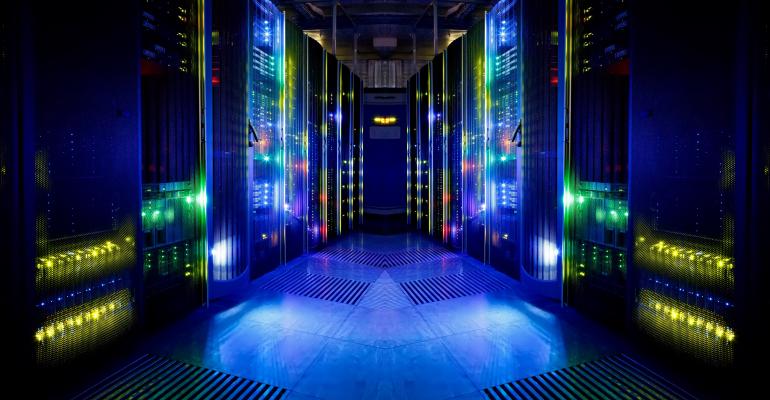The rise of e-commerce, cloud computing and “big data” has sparked continuing growth in the U.S. data center sector, and certain in-demand markets are reaping the benefits.
In a recent report, commercial real estate services provider JLL noted that 2016 was a “wild year” for leasing at data centers. Yet the first half of 2017 has still been busy for the data center sector, with construction and M&A activity heating up, but absorption cooling off.
Among the U.S. markets profiting greatly from the wave of data center activity is Northern Virginia, a suburban area of Washington, D.C.
The Northern Virginia market “continues to expand due to its global connectivity, robust infrastructure and user-favorable conditions,” says Mason Mularoni, JLL’s research lead for U.S. construction and project development.
Ten data centers representing a total of 119 megawatts are “actively” under development in Northern Virginia, with more than 67 megawatts of that capacity having been pre-leased already, notes Jeff West, director of data center research and analysis at commercial real estate services provider CBRE. The amount of new supply under construction in Northern Virginia “continues to be eye-popping,” West notes.
In commercial real estate, the size of a data center is measured not in square feet but in megawatts. That yardstick indicates a data center’s power-generating capability.
Strong absorption
Some markets experienced particularly strong absorption in the first half of 2017. In Dallas-Fort Worth, for example, the data center space that came on-line during the first half of 2017 helped meet pent-up demand, according to West. As a result, existing vacancy rates declined by 300 basis points from the end of 2016, reaching 16.8 percent in mid-2017, he notes.
Mularoni says robust job creation, low electricity costs, strong demand from enterprise and cloud-computing customers and “ample” supply coming on-line in late 2017 and early 2018 make Dallas-Fort Worth a sought-after location for data center space.
Meanwhile, while Chicago was one of the top markets for data center absorption in the first half of this year, that level of leasing might not last, at least in the near term.
Virtually no new supply has been delivered in the Chicago market since the end of 2016, according to West, and vacancy rates declined to a “scant” 2.1 percent — the lowest rate among primary U.S. markets.
“The extremely limited amount of available existing supply in the Chicago wholesale data center market continues to influence market dynamics,” he says.
Atlanta’s data center market is expanding thanks to the favorable business climate, competitive colocation and cloud-computing options, reasonable power costs, low risk of natural disasters and solid connectivity, according to software company Data Center Hawk. The presence of 17 Fortune 500 companies in Georgia helps drive the demand for data center space in the Atlanta area.
“Atlanta has historically been an underserved data center market, but operators and users are turning their sights toward the city to anchor their presence in the Southeast,” according to JLL researchers.
In the following slideshow, NREI presents the seven most active data center markets in the U.S. during the first half of 2017, based on absorption of megawatt capacity. CBRE supplied the data. The figures represent only built capacity that has been leased and do not reflect pre-leasing of space under construction.





